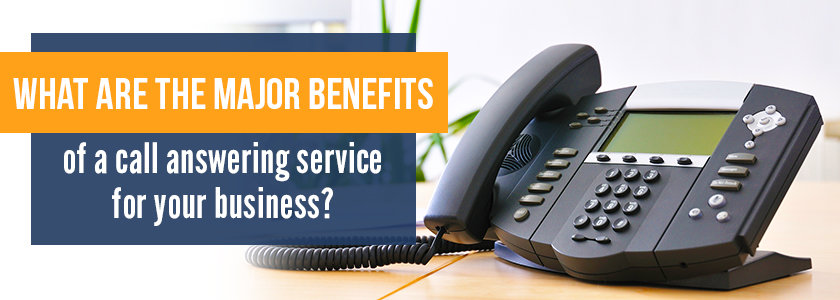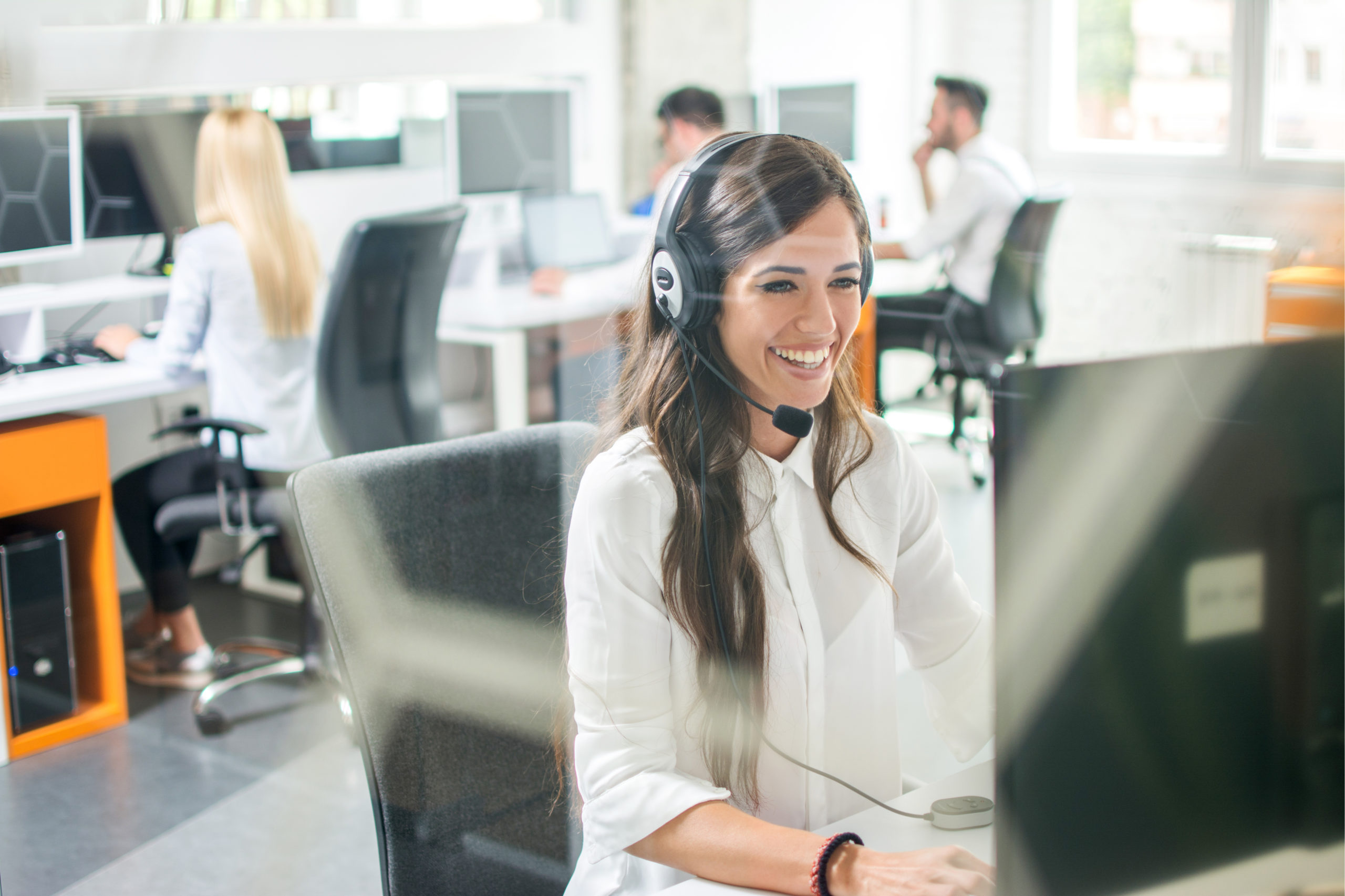All Categories
Featured
Table of Contents
- – Which Is The Best Telephone Answering Service F...
- – What Does What Is An Answering Service Cost?
- – What Is The Best Live Call Answering - Virtual...
- – Best Virtual Receptionist (Live Phone Answeri...
- – When Are Best 14 Benefits Of A Telephone Answ...
- – How To Choose The Best Virtual Assistant Cal...
Which Is The Best Telephone Answering Service For Smes - Myco Works
This gadget and its followers were developed by Sava Jacobson, an electrical engineer with a private consulting business. While early answering machines used magnetic tape innovation, a lot of modern-day devices uses solid state memory storage; some gadgets utilize a combination of both, with a solid-state circuit for the outgoing message and a cassette for the incoming messages.
"toll conserving" below) (professional phone answering service). This works if the owner is evaluating calls and does not want to consult with all callers. In any case after going, the calling party ought to be informed about the call having been answered (most of the times this begins the charging), either by some remark of the operator, or by some welcoming message of the TAD, or dealt with to non-human callers (e.
This holds especially for the Littles with digitally saved greeting messages or for earlier makers (prior to the rise of microcassettes) with an unique limitless loop tape, separate from a 2nd cassette, dedicated to recording. There have actually been answer-only devices with no recording abilities, where the greeting message needed to notify callers of a state of existing unattainability, or e (phone answering service).
What Does What Is An Answering Service Cost?

about accessibility hours. In taping Littles the greeting usually includes an invite to leave a message "after the beep". An answering maker that utilizes a microcassette to record messages On a dual-cassette answerphone, there is an outbound cassette, which after the defined variety of rings plays a pre-recorded message to the caller.

Single-cassette voice mail include the outgoing message at the beginning of the tape and incoming messages on the staying space. They initially play the statement, then fast-forward to the next available space for recording, then tape-record the caller's message. If there are lots of previous messages, fast-forwarding through them can cause a substantial delay.
This beep is frequently described in the greeting message, asking for that the caller leave a message "after the beep". Little bits with digital storage for the tape-recorded messages do not show this delay, of course. A TAD might use a remote control facility, whereby the answerphone owner can call the home number and, by getting in a code on the remote telephone's keypad, can listen to taped messages, or delete them, even when far from house.
What Is The Best Live Call Answering - Virtual Reception Out There

Thus the device increases the variety of rings after which it responds to the call (usually by two, resulting in 4 rings), if no unread messages are currently saved, but responses after the set number of rings (typically two) if there are unread messages. This allows the owner to discover out whether there are messages waiting; if there are none, the owner can hang up the phone on the, e.
Some makers also enable themselves to be remotely activated, if they have actually been changed off, by calling and letting the phone ring a particular a great deal of times (typically 10-15). Some provider abandon calls already after a smaller number of rings, making remote activation impossible. In the early days of TADs an unique transmitter for DTMF tones (dual-tone multi-frequency signalling) was regionally required for push-button control, given that the previously utilized pulse dialling is not apt to communicate proper signalling along an active connection, and the dual-tone multi-frequency signalling was implemented stepwise.
Any inbound call is not recognizable with respect to these properties in advance of going "off hook" by the terminal devices. So after going off hook the calls must be switched to proper devices and just the voice-type is immediately accessible to a human, however possibly, nevertheless should be routed to a LITTLE BIT (e.
Best Virtual Receptionist (Live Phone Answering Service) Shop Near Me
What if I told you that you do not need to in fact select up your gadget when addressing a consumer call? Somebody else will. So hassle-free, right? Answering telephone call does not need somebody to be on the other end of the line. Efficient automated phone systems can do the trick simply as effectively as a live representative and often even better.
An automated answering service or interactive voice reaction system is a phone system that communicates with callers without a live person on the line - virtual telephone answering service. When business use this technology, clients can get the response to a concern about your business merely by using interactions set up on a pre-programmed call flow.
Although live operators update the customer support experience, many calls do not need human interaction. A simple taped message or instructions on how a consumer can recover a piece of info normally resolves a caller's immediate need - business call answering service. Automated answering services are a basic and efficient method to direct inbound calls to the ideal person.
When Are Best 14 Benefits Of A Telephone Answering Service In 2023 Sales
Notification that when you call a business, either for support or item query, the very first thing you will hear is a pre-recorded voice welcoming and a series of options like press 1 for client service, press 2 for inquiries, and so on. The pre-recorded alternatives branch out to other choices depending on the customer's selection.
The phone tree system helps direct callers to the ideal person or department using the keypad on a cellphone. In some instances, callers can utilize their voices. It deserves keeping in mind that auto-attendant alternatives aren't limited to the 10 numbers on a phone's keypad. When the caller has actually picked their very first alternative, you can design a multi-level auto-attendant that uses sub-menus to direct the caller to the right kind of support.
The caller does not need to communicate with an individual if the auto-attendant phone system can handle their issue. The automatic service can route callers to a staff member if they reach a "dead end" and need help from a live representative. It is expensive to hire an operator or executive assistant.
How To Choose The Best Virtual Assistant Call Answering Service
Automated answering services, on the other hand, are substantially less costly and provide significant expense savings at approximately $200-$420/month. Even if you don't have actually devoted staff to deal with call routing and management, an automatic answering service improves productivity by allowing your team to concentrate on their strengths so they can more efficiently invest their time on the phone.
A sales lead routed to customer care is a lost shot. If a consumer who has item questions reaches the wrong department or gets incomplete responses from well-meaning employees who are less trained to manage a specific type of question, it can be a reason for aggravation and discontentment. An automatic answering system can lessen the number of misrouted calls, thus assisting your workers make much better usage of their phone time while freeing up time in their calendar for other tasks.
With Automated Answering Systems, you can develop a personalized experience for both your personnel and your callers. Make a recording of your primary greeting, and just update it regularly to reflect what is going on in your organization. You can create as numerous departments or menu options as you desire.
Table of Contents
- – Which Is The Best Telephone Answering Service F...
- – What Does What Is An Answering Service Cost?
- – What Is The Best Live Call Answering - Virtual...
- – Best Virtual Receptionist (Live Phone Answeri...
- – When Are Best 14 Benefits Of A Telephone Answ...
- – How To Choose The Best Virtual Assistant Cal...
Latest Posts
Reputable Auto-attendant Answering Service Near Me ( Australia)
Answering Service Pricing – NSW
Innovative Live Phone Answering
More
Latest Posts
Reputable Auto-attendant Answering Service Near Me ( Australia)
Answering Service Pricing – NSW
Innovative Live Phone Answering